Do you wish you could draw anything you wanted? Harold can do just that, and many of us are already familiar with him. For those who aren’t, you’ve likely seen the Harold and the Purple Crayon books in your school libraries, where Harold’s magical purple crayon does wonders.
Now, Carlos Saldanha, the director of Ice Age, Rio, and Ferdinand, brings this classic book to life with Zachary Levi, a fan favourite since his role as the superhero Shazam, leading a story that beautifully captures the essence of creative freedom and limitless imagination.
Harold and the Purple Crayon is based on the popular 1955 children’s book. The 90-minute film follows Harold, a curious and adventurous boy who moves from a 2-D world into the real one. Along with his friends, Moose and Porcupine, Harold embarks on a journey to meet his creator, a figure known as the Old Man.
Zachary Levi brings a wonderful sense of curiosity to Harold, drawing viewers in with his portrayal of a boy who is new to the real world. Meanwhile, Moose and Porcupine, who transform into humans once they enter the real world, often revert to their animal behaviours, creating moments of humour.
While in the real world, Harold meets Terri (Zooey Deschanel) and her son Mel (Benjamin Bottani), who teach him valuable lessons about solving real problems. Terri is a widowed mum, and Mel, who misses his father, is often bullied at school for having an imaginary dragon named Carl as his companion. Harold’s journey goes beyond drawing objects; it’s about shaping his reality and overcoming challenges through creativity. Whether he is drawing a bicycle, roller skates or even an airplane, the film’s animation does justice to Harold’s imaginative drawings.
The movie introduces a villainous character Gary Natwick (Jemaine Clement), a librarian with ambitions to become an author like J.K. Rowling. He blames others after his book is rejected by publishers, and seeks revenge. The story takes an interesting turn when Harold, in his childlike innocence, hands the magical crayon to the antagonist.
The film evokes the imaginative spirit of Dwayne Johnson’s Jumanji and John Krasinski’s IF, where imaginary friends play a central role in shaping the storyline. However, it emphasises the importance of self-expression and the courage to face one’s fears. In Harold’s world, imagination erases all boundaries, empowering him to face fears and find his path.
Published in Dawn, Young World, October 19th, 2024







































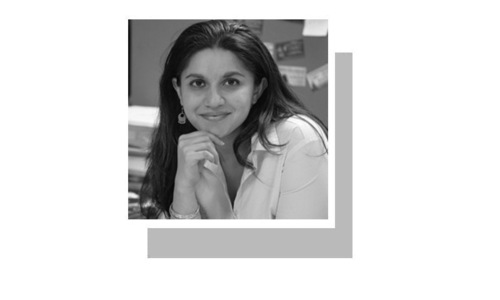
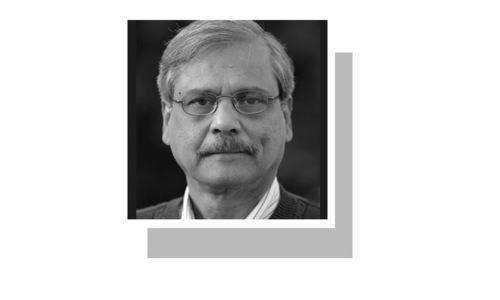
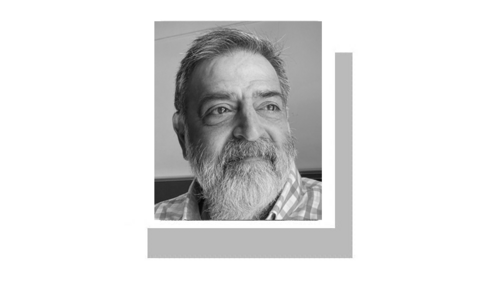
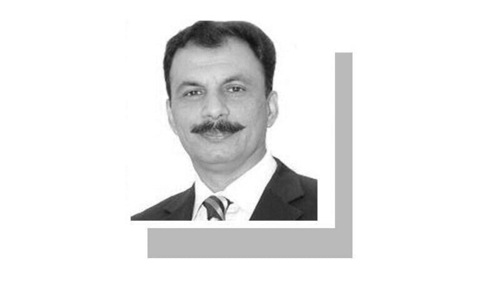
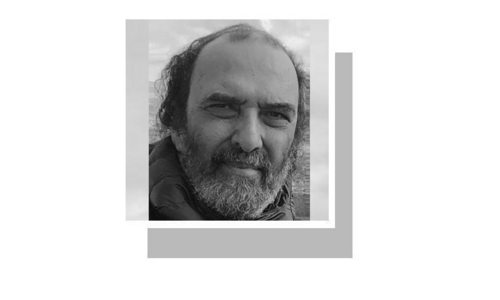

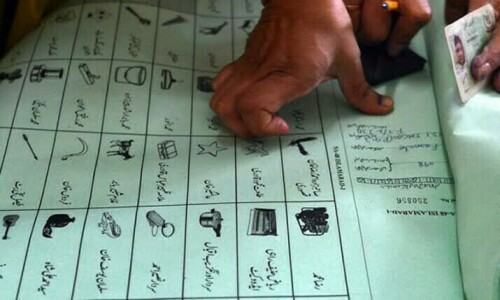

Dear visitor, the comments section is undergoing an overhaul and will return soon.